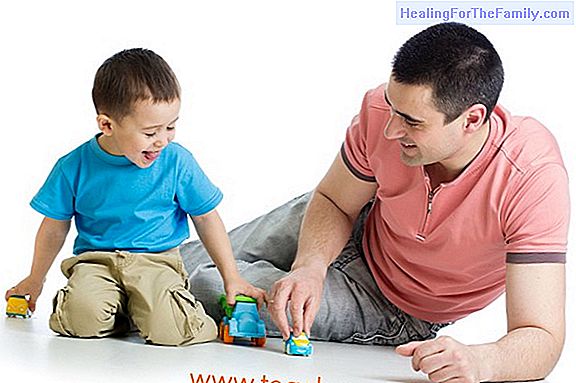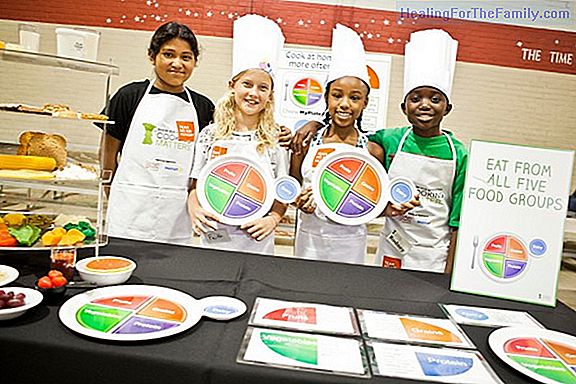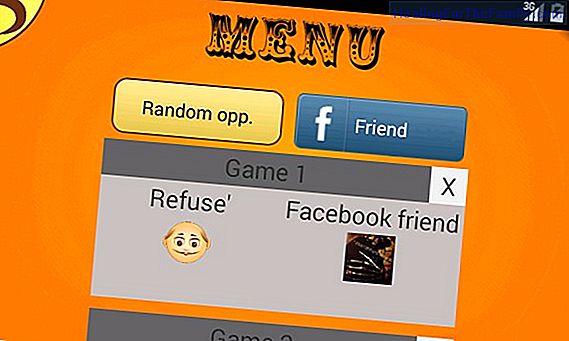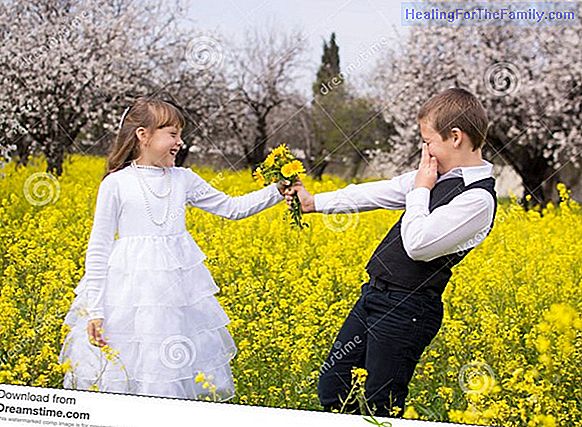What is cooperative learning for children
Times are changing. At present, the working world to which students will come in the future is guided towards more horizontal structures than hierarchical ones. In addition, they are jobs that require more and more and are based on group dynamics and teamwork. For this reason, el schools are emphasi
Times are changing. At present, the working world to which students will come in the future is guided towards more horizontal structures than hierarchical ones. In addition, they are jobs that require more and more and are based on group dynamics and teamwork. For this reason, el schools are emphasizing cooperative learning for children, so that future generations are prepared for these changes. The scientific explanation of collaborative learning for children
Collaborative learning has been on the rise in schools for a decade now y, and in which students have the opportunity to gradually develop interacting with people and learn to manage their tasks in a collaborative way In addition, this type of learning starts from an educational model that allows the student to be an active part of their teaching process; and with which children can develop skills such as responsibility and interpersonal skills.

In the life cycle of human beings, different stages of development occur and brain changes occur. Since we are babies, neuronal connections are being produced as they are being suspended, relating to the environment and discovering everything that surrounds them. After that process in early childhood, there are studies that show a brain restructuring for proper growth and development. This restructuring consists of strengthening the connections that are used more frequently and eliminating those that are not used.The name given to this action is: "synaptic pruning".
Cooperative learning is considered as a resource and a way of working in the classroom that is very appropriate to guide this "pruning". This model suggests that the brain is social by nature.
Thus, children are offered the opportunity to learn by doing with others and in different contexts. In this way, it helps to reinforce the neural connections that are beneficial for both the child and society. Benefits of cooperative learning for children Cooperative learning allows to develop diverse skills and provides diverse advantages and benefits to children. Among them we can find the following:
-
Strengthens the integration between students of different cultures, religions and customs
due to the multicultural character that more and more modern societies acquire all over the world. - Students learn to manage their tasks in a cooperative way por, so that the authoritarian figure disappears in the educational model.
- Children's anxiety is combatedsince neither their personality nor their trust are already diminished by the imposing role of the teacher, creating a work environment full of harmony. Thanks to this, a greater self-esteem and self-confidence of the child is fostered and allows a personal development with long-term benefits.
- This cooperative model allows to maximize all the resources available to teachers so that the teaching process is more optimal. - Critical thinking of the child is enhanced
. Thanks to the harmonious and collaborative environment that is generated, students learn to project their own thoughts and concerns with more freedom, thus promoting reflection. -
Each student participates with equal opportunitiesand with the same degree of responsibility as the rest of the group members. This eliminates the concept of "unhealthy competition" where the individual result is above all and can generate bullying.
- The collective predominates over everything else . When working collaboratively there are better and less prepared students. These seconds can take advantage of the knowledge of the former, while the advantaged can enrich their skills and abilities by working in this way.












